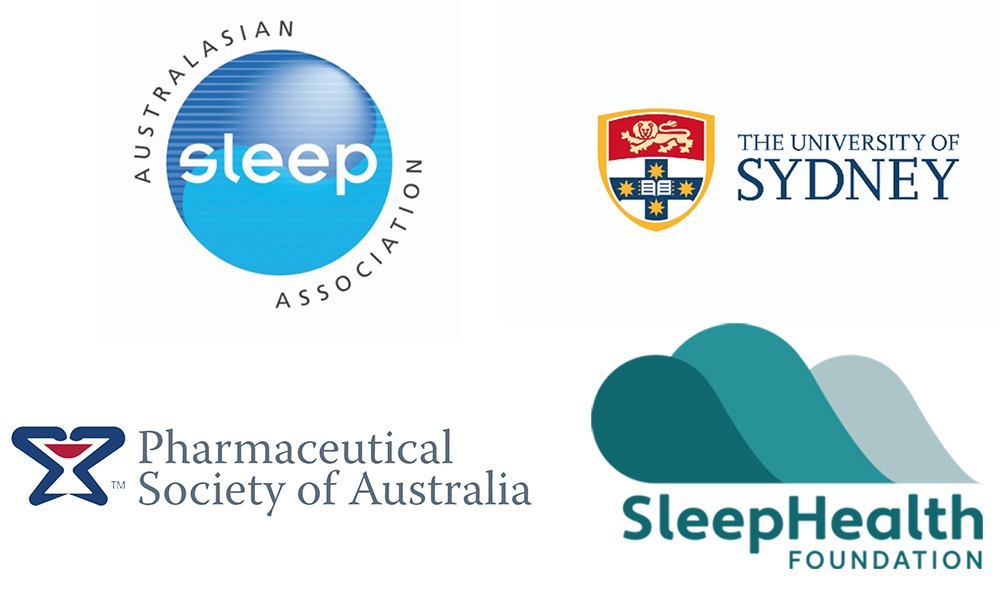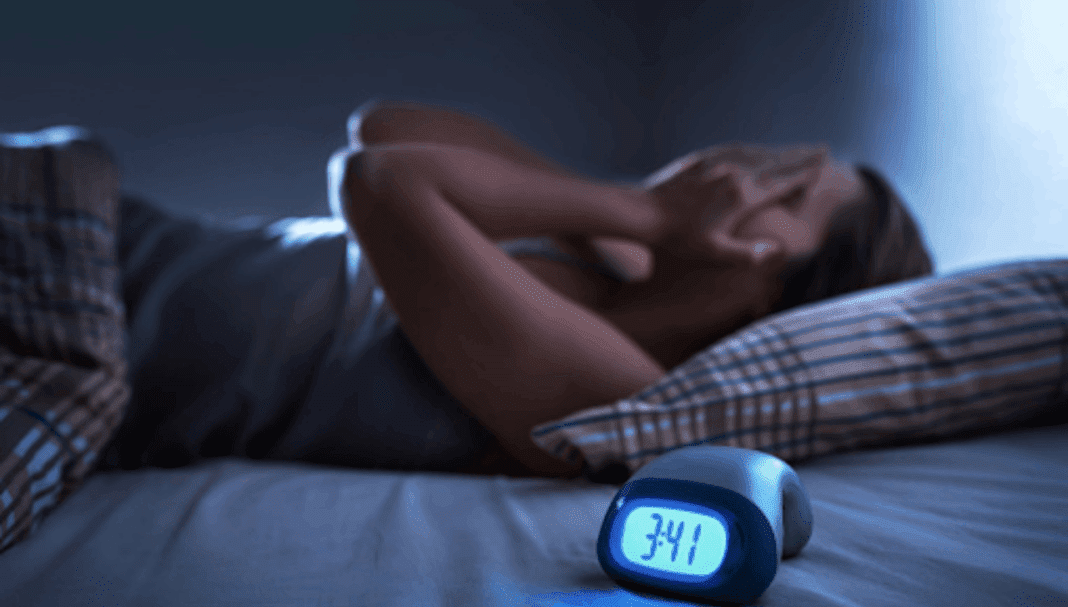Case scenario – Home medicines review

Mrs Somnum, aged 72 years, has been referred by her general practitioner (GP) for a Home Medicines Review (HMR). She was recently diagnosed with chronic insomnia, mainly experiencing trouble getting to sleep (starting 4 months ago).
Her GP has requested that you review her current medicines to identify any contributing factors and make recommendations where possible for its management.
Mrs Somnum’s medical history includes: hypercholesterolaemia, hypertension, depression, anxiety and polymyalgia rheumatica. Her current medicines are listed in Table 1. She takes the paracetamol three times daily, but all other medicines are taken with dinner. She drinks 1–2 coffees a day (often consuming one in the late afternoon) but does not drink alcohol or smoke. She has heard she can get melatonin without a prescription and explains that she started valerian tablets after a friend recommended them.
Learning objectivesAfter reading |
THIS IS A CPD ARTICLE. YOU NEED TO BE A PSA MEMBER AND LOGGED IN TO READ MORE.















